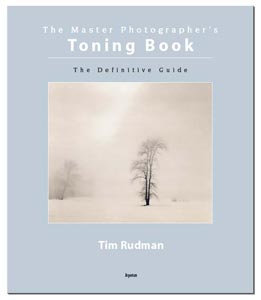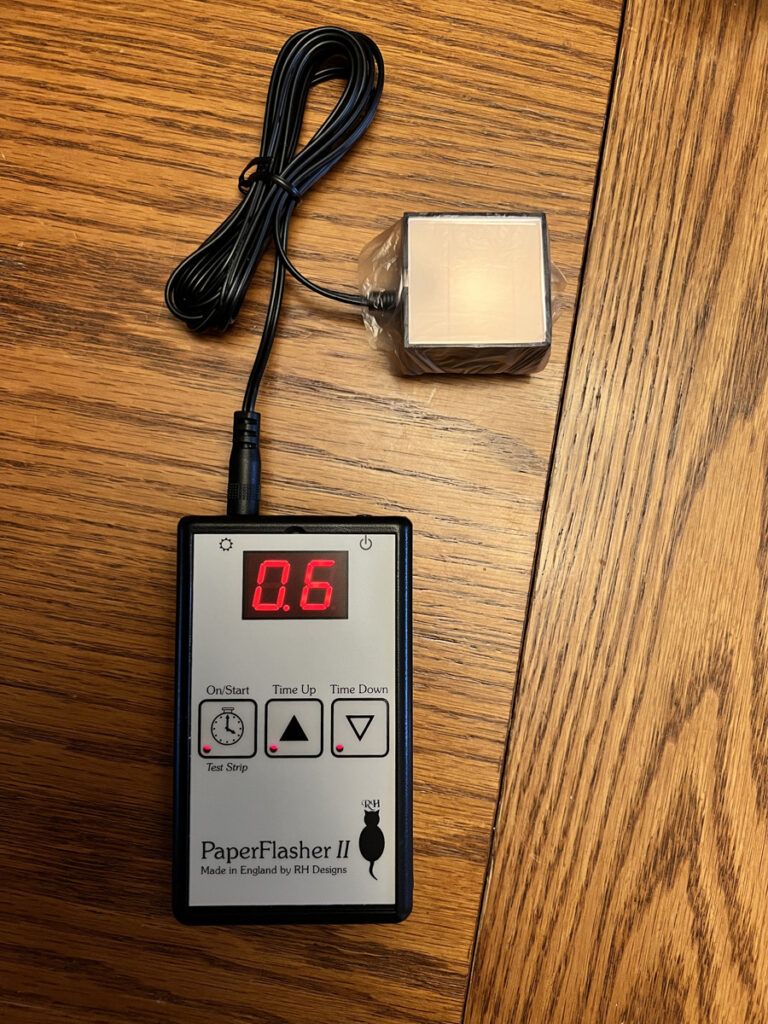The Master Photographer’s Toning Book
Recently I purchased a copy of Tim Rudman’s The Master Photographer’s Toning Book [1] from Silverprint in the UK. Thanks to Silverprint, this “definitive guide” to toning gelatin silver and platinum prints is now in its second printing, and thank goodness it’s now in print once again. This book is really a superb resource. Here’s a brief synopsis from Tim Rudman’s website: Using a system of First Steps, Second Steps and Further Steps, the normal use of simple ‘off-the-shelf’ toning kits is explained and then developed further by exploring the […]
The Master Photographer’s Toning Book Read More »



